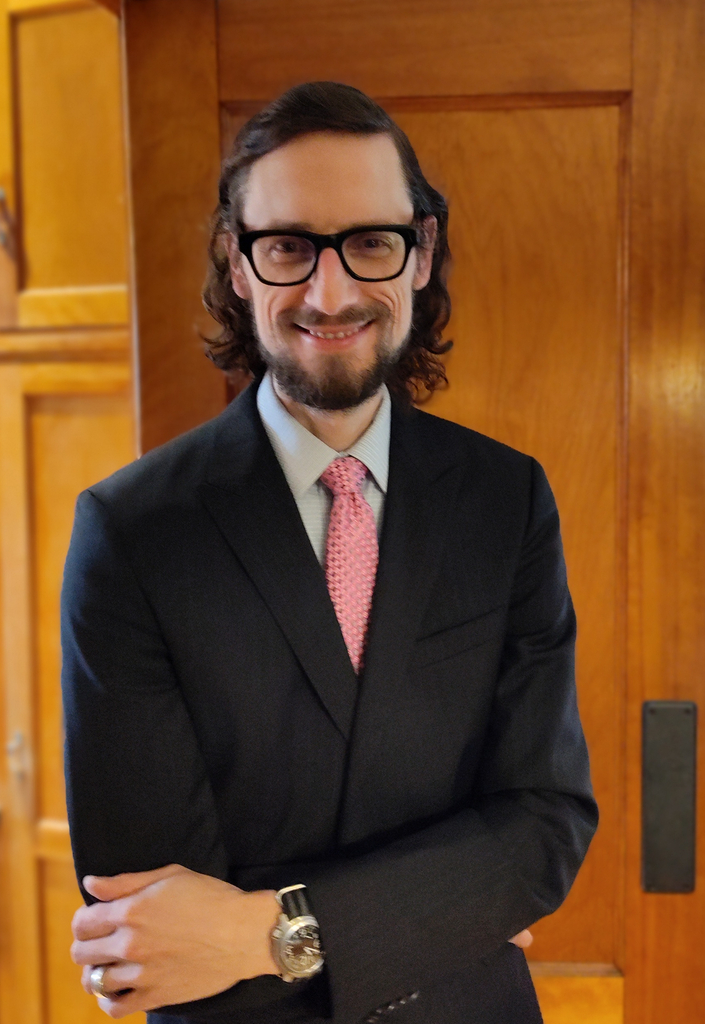Trademark law can protect a brand name (in words), graphical logo, or the like—a “mark”—used to identify the source of goods or services. But not all marks are protectable. It is not unusual for a first-choice mark (and second-choice…) to already be taken or simply not be protectable. The following is an explanation of the basics of how a business’ name and logo can be protected under trademark law.
The first step is to select a mark that is distinctive enough to be protectable. Generic terms (or functional aspects) are never entitled to protection under trademark law. Merely descriptive terms are not protectable but descriptive marks can potentially develop “secondary meaning” and acquire distinctiveness in consumers’ minds over time, through extensive use and promotion, so as to become protectable. Suggestive, arbitrary, or fanciful marks are inherently distinctive and thus always protectable. Arbitrary and fanciful marks have the greatest legal strength, in conceptual terms.
A common problem is that businesses select marks that are not conceptually strong enough to merit exclusive rights as trademarks. Businesses people are frequently drawn to descriptive or generic terms for marketing purposes because they require less initial investment to obtain consumer recognition, or as an attempt to appropriate pre-existing consumer recognition. But the tradeoff is that generic and descriptive marks are considered conceptually “weak” and offer less or no legal exclusivity. In this respect, business and marketing interests and tendencies can be in tension with trademark law. If exclusive trademark rights are important to your business, make sure you select a mark that is good enough in legal terms to be protectable under trademark law.
Keep in mind that a mark must be one specific thing. Materially different spellings or visual depictions potentially reflect use of different marks. It is possible to have multiple different marks that are each in use, potentially even simultaneously with the same goods or services. But consistency in usage is important. This generally means settling on the exact mark or marks that will be used and sticking to those decisions.
Secondly, U.S. trademark rights generally go to the senior user. This means many marks are already taken by others, which limits the universe of marks freely available for your business’ use at the time of adoption. If your business’ mark creates a likelihood of confusion with an existing mark, the prior user will have superior rights. There can be a likelihood of confusion even if there are differences between the respective marks or goods/services, and evidence of actual confusion in the market is not required. Also, a protectable but commercially weak mark, such as one that resembles numerous other coexisting marks, will have more limited scope of exclusivity than a stronger mark.
Geographically separate but otherwise similar uses of trademarks can sometimes coexist. Although businesses operating on the Internet tend to encompass wide geographic areas of use without much opportunity for separation. Moreover, a prior user might consent to coexistence in some circumstances—often subject to certain conditions to avoid confusion, such as agreements limiting the scope of the goods/services with which a mark is used. But, in general, the possibility of coexistence or consent is very context-specific and cannot simply be assumed to be possible.
Trademark rights in the U.S. arise from commercial use of a mark. “Common law” rights can accrue automatically through use of a mark but are generally limited to the geographic area in which the mark is actually used. Registering a mark has benefits, and a federal registration on the Principal Register can secure rights over the entire country and can be used to prevent unauthorized importation of goods bearing the mark. Federal registration generally requires use in interstate commerce, territorial commerce, or foreign/tribal commerce (with a limited exception if a foreign registration exists).
Trademarks are also territorial. Rights in one country generally provide no exclusivity in another. But most countries have no use requirement; many follow a first-to-file system and may provide little or no rights based on use alone. Therefore, the first entity to register may prevail in other countries. Also, many other countries are more restrictive than the U.S. in terms of the level of distinctiveness required for a mark to be registrable.
After adoption of a mark, use it properly and consistently, and monitor for potential infringing uses. Additional steps can also be taken to enhance protection of a trademark.
Trademark rights can potentially last indefinitely if still in use but can be abandoned through nonuse without intention to resume. Federal rights are presumptively abandoned after three years of nonuse. A branding “refresh” or other changes to a mark may result in the loss of existing trademarks rights and/or registrations and be treated as the adoption of a new mark or marks. Moreover, reduction in the goods and services with which a mark is used can lead to partial abandonment (just as expansion of use can potentially lead to new infringement risks).
Useful Tips:
- Use care when selecting a mark to avoid having to later re-brand, which becomes more burdensome over time. Identify and evaluate potentially conflicting existing marks as part of initial mark selection. In doing so, consider all jurisdictions and scenarios under which your business plans to operate, including likely future expansion as to goods/services and geographic areas. A trademark legal clearance can help identify potentially conflicting marks and associated infringement risks.
- Registration of an Internet domain name, a corporate name (trade name), an assumed name (d/b/a), or even all of them, does not alone establish any exclusive rights in a brand or mark under trademark law.

Austen Zuege is an attorney at law and registered U.S. patent attorney in Minneapolis whose practice encompasses patents, trademarks, copyrights, domain name cybersquatting, IP agreements and licensing, freedom-to-operate studies, client counseling, and IP litigation. If you have patent, trademark, or other IP issues, he can help.
